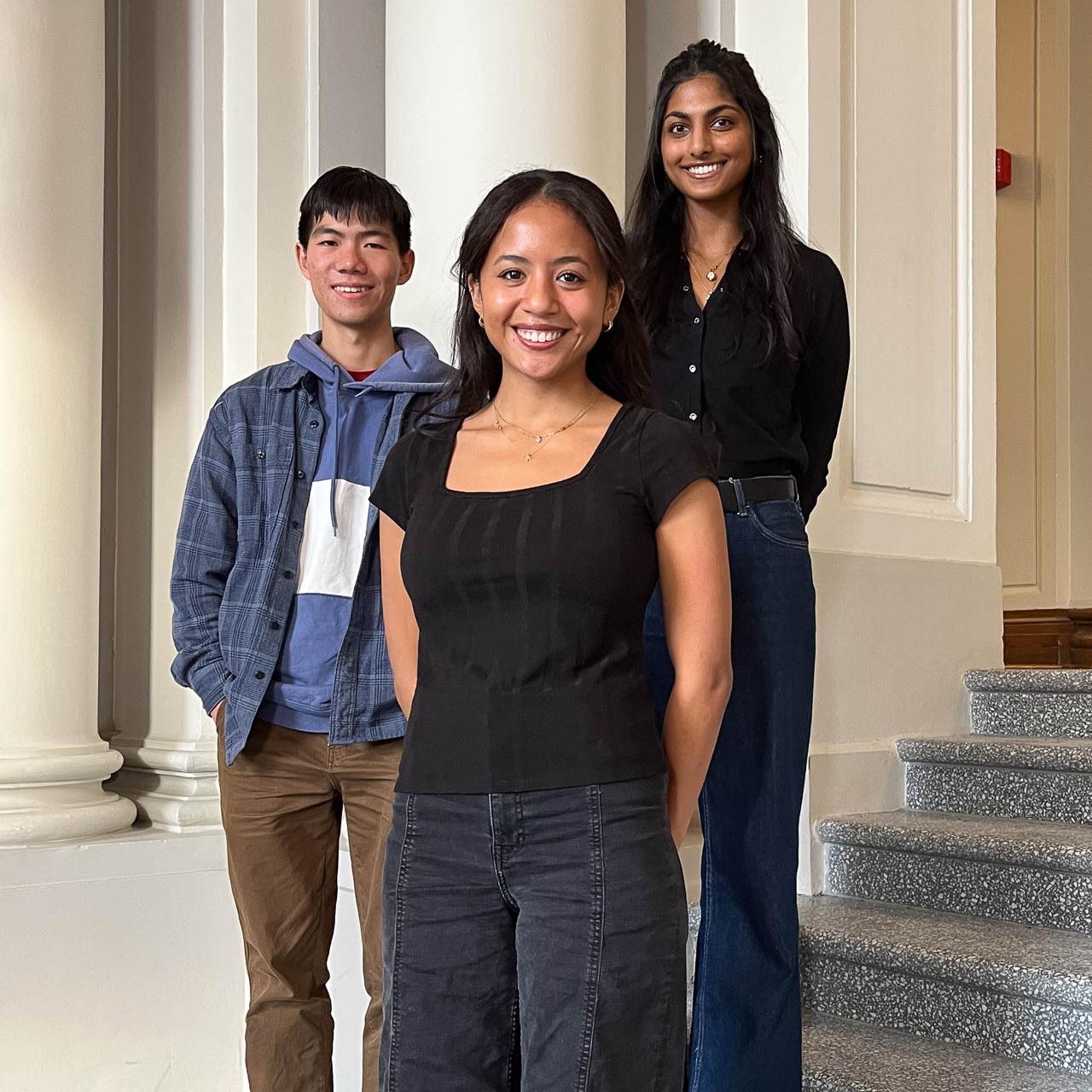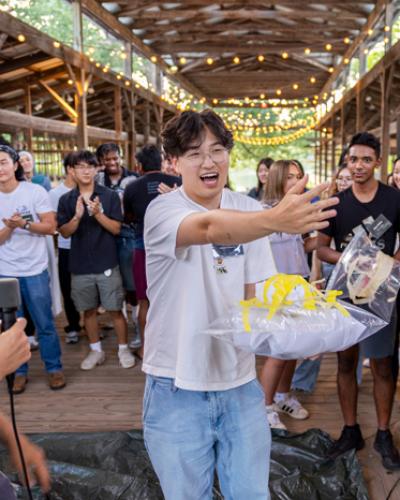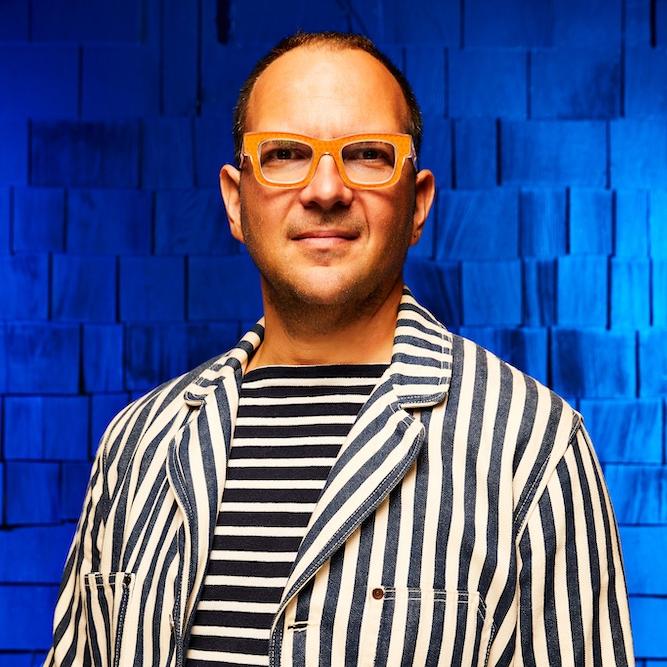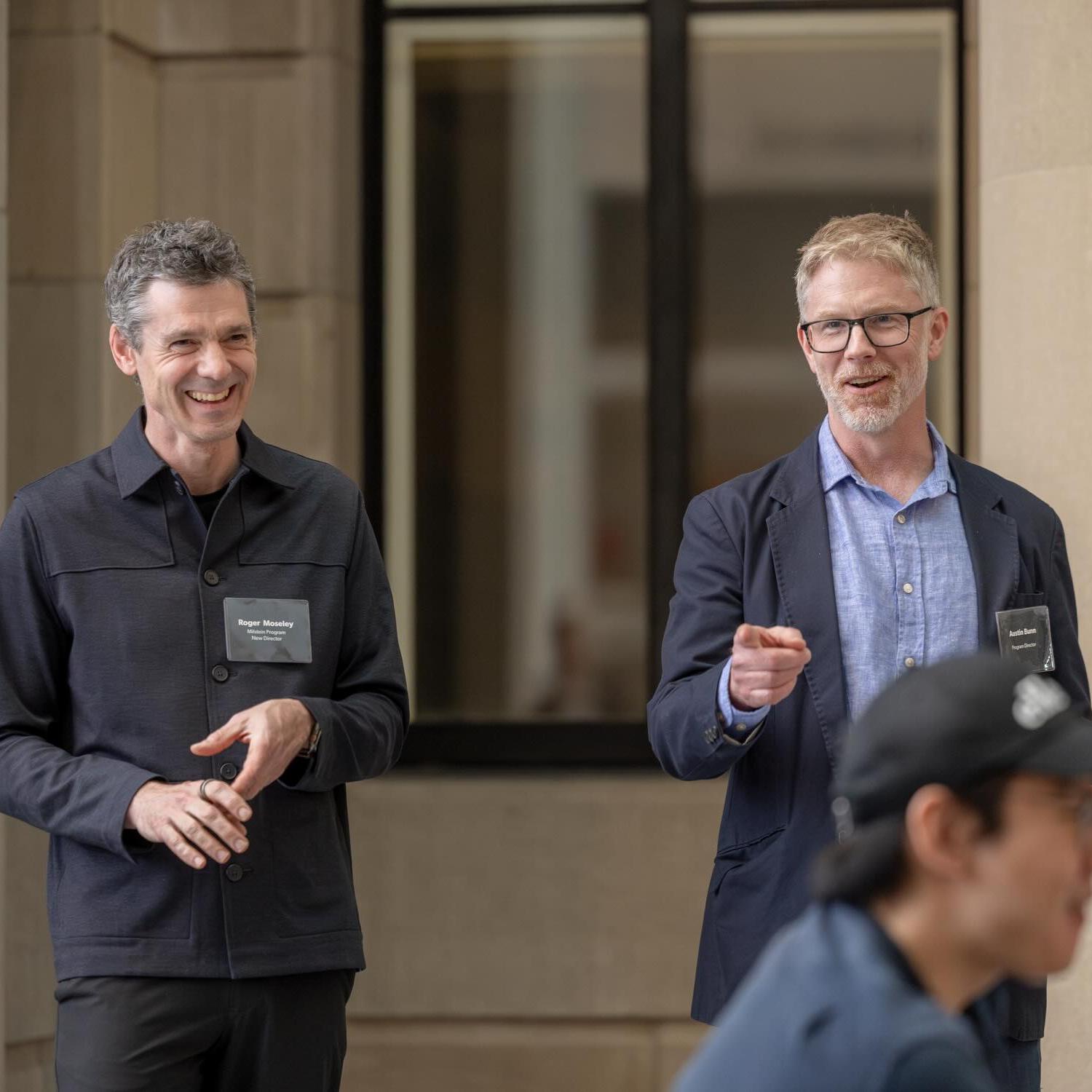
 Department Homepage
The College of Arts & Sciences
Department Homepage
The College of Arts & Sciences
Summer Milstein Program bridges tech and humanities virtually
The program’s goal was to help students navigate the new pandemic world by providing them with intellectual frameworks and tools.



